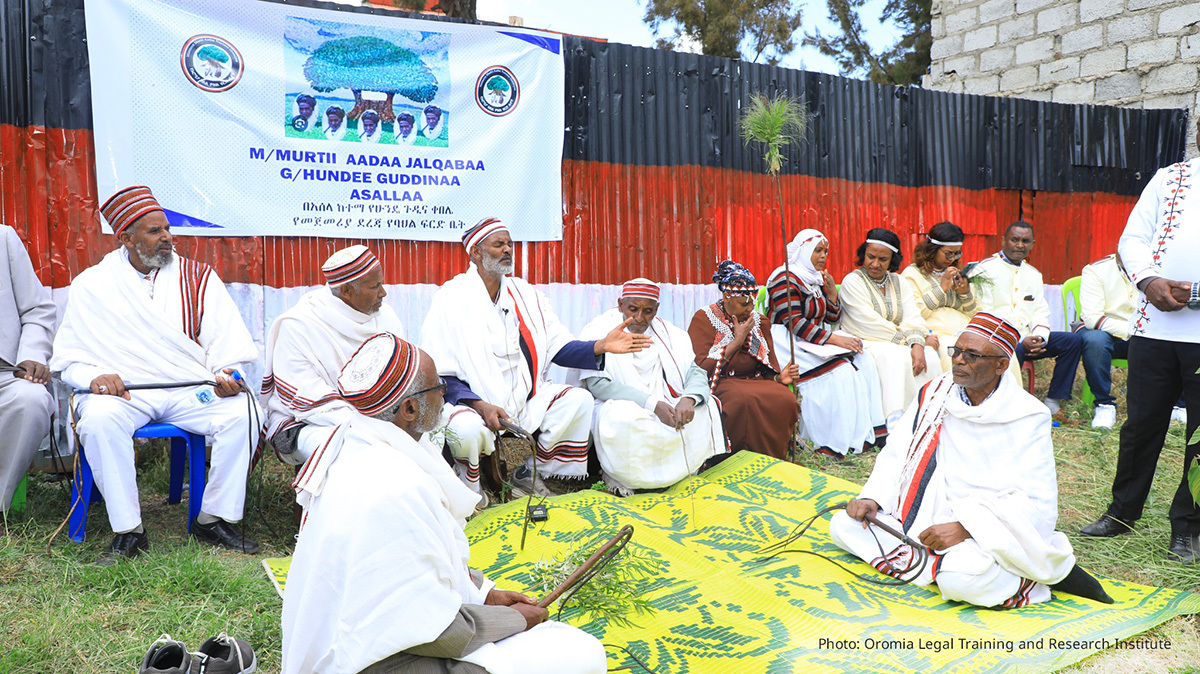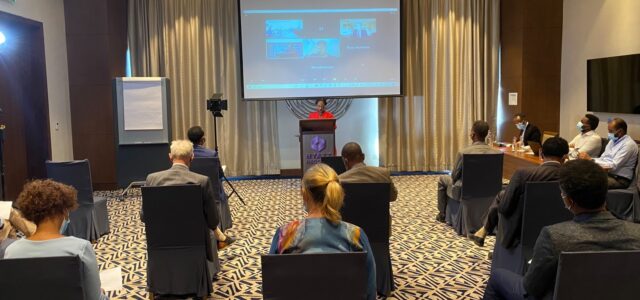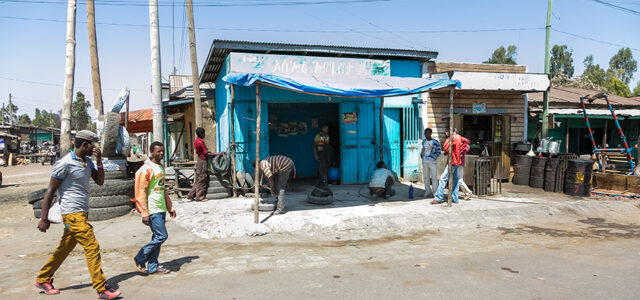
In Ethiopia, over 7 million legal issues arise annually, with most remaining unresolved. Many people turn to shimagillé—respected community elders—to mediate disputes. However, the volume of disputes has overwhelmed both this traditional system and the formal justice system, emphasising the need for reform.
In 2019, the Federal Ministry of Justice used a data-driven approach to tackle this challenge. A Justice Needs and Satisfaction (JNS) Survey found that most people preferred community elders over formal courts, yet millions of cases still went unaddressed. This insight guided the government’s three year justice sector transformation plan, focusing on enhancing community-level access to justice.
Ethiopia’s long-standing tradition of community justice has always been essential. However, with about 5 million unresolved disputes each year, formalised support is also needed. Regional authorities in Oromia revived customary courts which the Federal Ministry of Justice has been keen to learn from. These courts have shown impressive resolution rates, processing an average of 376,000 cases each year the past two years for a total population of 45 million people. They offered a scalable approach to bringing justice closer to the people.
The Federal ministry and local experts, supported by HiiL, launched the Justice Innovation Lab to explore how to increase resolution rates at community level in Ethiopia by improving justice delivery models that work effectively at community level. The goal was clear: to integrate traditional justice mechanisms with modern legal frameworks and ensure justice was accessible to everyone.
The idea of Community Justice Centres (CJCs) emerged as a consensus response to increase resolution rates. The model was built on the successful experiences of the government with customary courts in the Oromia region and the widespread use of the shimagille, well-established community justice providers and preferred route to conflict resolution in both urban and rural areas. The CJC model allowed communities to resolve disputes locally while aligning with international human rights standards. Yonas Birmeta, a professor at Addis Ababa University Law School, described the CJC model as a “game-changer,” blending Ethiopia’s traditional dispute resolution practices with modern systems.
The collaborative approach taken during the innovation lab is proving to be successful. Representatives from the Federal Ministry of Justice, legal experts, and community leaders worked alongside HiiL to co-create solutions rooted in Ethiopia’s context. Wondwossen Sintayehu of Destiny Ethiopia emphasised that this was not a top-down solution:
“It’s something we created together, based on the realities we face in our own communities.”
Dagmawit Alamnie, Director of Women and Cross-Sectoral Affairs at the Federal Ministry of Justice, praised the lab for its inclusiveness. “The simplicity of the process allowed us to develop solutions that respect both our federal and regional legal structures,” she noted. This balance was essential in ensuring the model could function within Ethiopia’s complex governance framework.
As Ethiopia prepares to roll out the CJC model, stakeholders are optimistic but recognize the need for flexibility. Each region of the country has unique needs, and the model will have to adapt as it is scaled. Yonas Birmeta stressed the importance of maintaining this flexibility, while Filipos Aynalem, former president of the Ethiopian Bar Association, noted how the initiative forms part of a broader movement to reform justice in Ethiopia.
For the Federal Ministry of Justice, the CJCs offer a bridge between the formal and informal systems. By creating pathways for communities to resolve disputes locally, the centres are expected to make justice more accessible and familiar to the people.
Ethiopia’s journey towards people-centred justice is already offering lessons for other governments. The CJC model demonstrates how tradition and innovation can come together to solve real-world problems. Governments facing similar challenges can look to Ethiopia’s approach, which honours local traditions while implementing scalable, sustainable reforms in a data-driven, evidence-based way.
As the Federal Ministry of Justice moves forward, the vision is clear: a justice system that is accessible, inclusive, and designed to meet the everyday needs of the people. “This initiative,” Yonas concluded, “marks the beginning of a new era for justice in Ethiopia—one that truly serves the people.”




